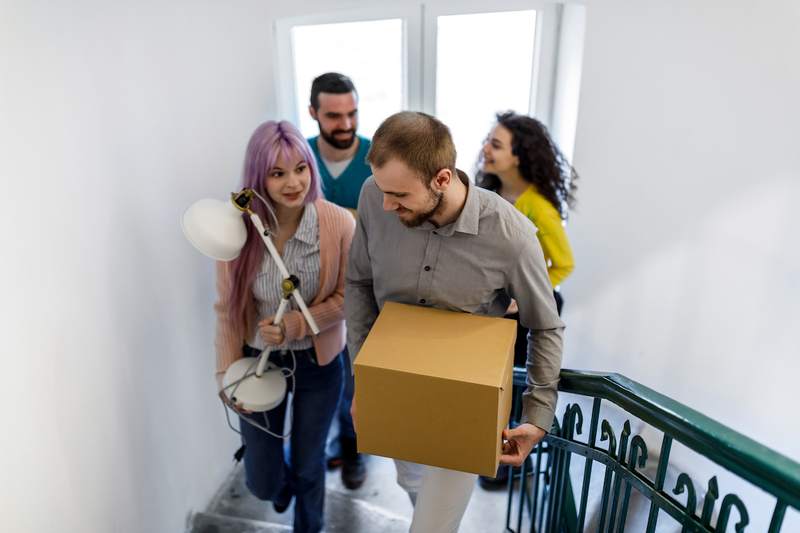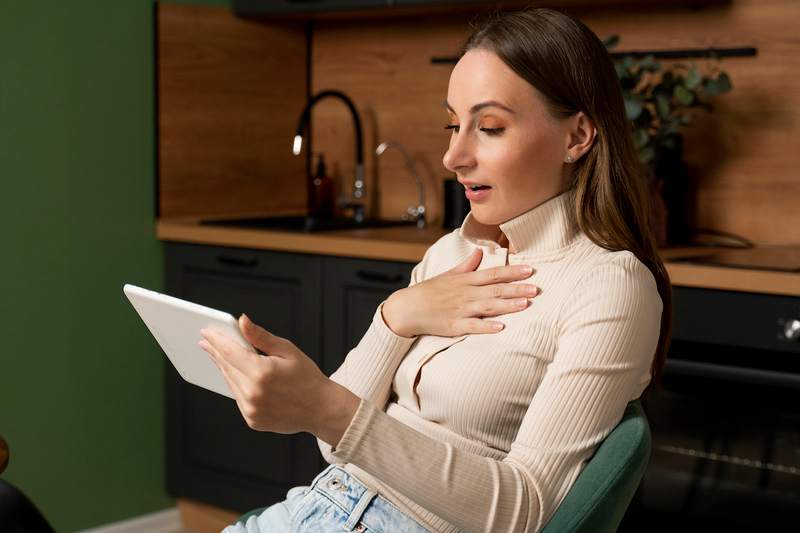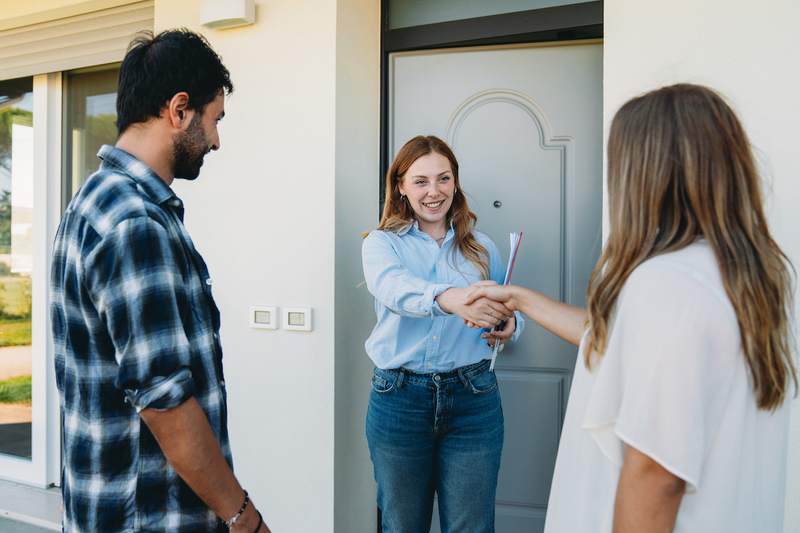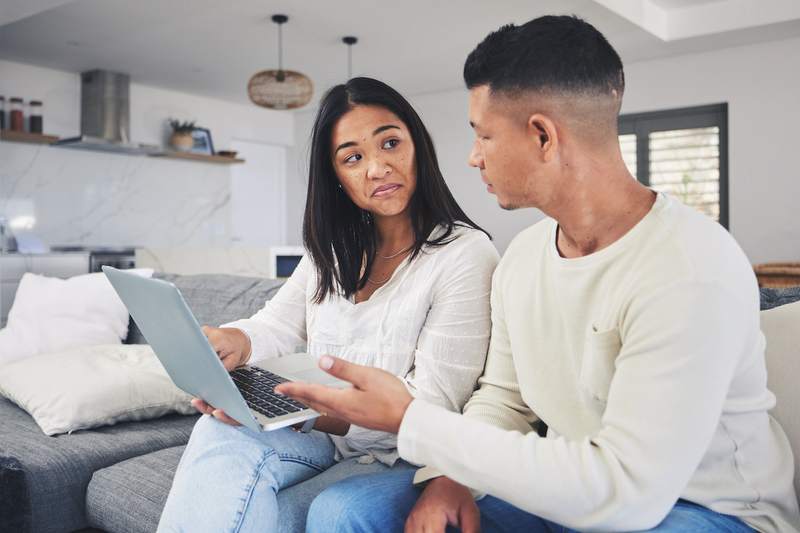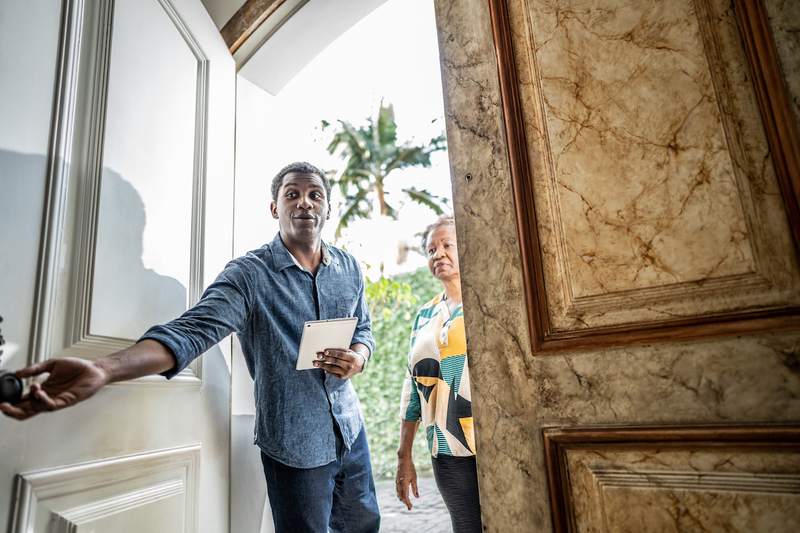Paying 20% of a home’s sale price as a down payment is a custom that’s been common for decades. But that standard has become much more flexible in recent years. The typical down payment for first-time buyers is between 6% and 7%, and some programs allow homebuyers to put down as little as 3%.
If affording a home still seems out of reach, there are mortgage options for buying a home that require no down payment. These typically are government programs, and not every borrower will qualify — you essentially need to have a military connection or be buying a home in a rural area.
Here’s what you need to know about buying a home with no money down or a low down payment:
- Can You Buy a House Without a Down Payment?
- Mortgages With No Down Payment
- Mortgages With Low Down Payments
- Down Payment Assistance
- FAQ: Putting Little or No Money Down
- The Bottom Line on Putting No Money Down
Can You Buy a House Without a Down Payment?
You can buy a house with no down payment if you qualify for one of a few government-backed loan programs.
While zero-down home loans might be a good fit for certain homebuyers, there are potential drawbacks to purchasing a home with no down payment.
It can make homeownership a reality for people who have been struggling to save for a down payment. However, borrowing the full price of a home generally is going to be more expensive than putting down even a small amount.
But with no down payment, first time homebuyers can own a home more quickly. It can take 5.3 years to save up for a 3% down payment in high-cost counties, while it could take as long as 35.5 years to save up for a 20% down payment on the same home.
“The downside to getting a low or no down payment is that you likely won’t have any home equity built, and you’ll have a higher mortgage payment,” says Ryan David, owner and lead investor at We Buy Houses In Pennsylvania, based in Pittston, Pennsylvania.
Mortgages With No Down Payment
Buying a house with no money down might not be easy. Loans that allow buyers to make no down payment generally are government-backed mortgages that not all borrowers can qualify for.
VA loans
These loans are backed by the Department of Veterans Affairs to help military service members, veterans, and their surviving spouses afford a home. While these loans are guaranteed by the VA, they are issued by private lenders and typically require a low or no down payment.
VA loans usually have fewer closing costs than conventional loans, and borrowers don’t have to pay for mortgage insurance. But there’s an upfront guarantee fee that’s as much as 2.3% of the total loan value for first-time homebuyers.
VA loans have no minimum credit requirements, but lenders typically prefer a credit score of at least 580 to 620.
USDA loans
Loans insured by the Department of Agriculture also are known as rural development loans, and are geared toward low- to moderate-income borrowers buying homes in rural areas.
USDA-backed loans can offer buyers better interest rates and no down payment requirement. However, there’s a one-time upfront fee and an ongoing annual fee for mortgage insurance.
USDA loans have no specific credit score minimum, but you generally will need a score of at least 640 to be approved by a lender.
Mortgages With Low Down Payments
If you can afford a small down payment, you may be wondering, how much down payment do you need? Here are some mortgages with the lowest down payments.
Conventional loans
A conventional loan is a mortgage offered by private lenders that is not guaranteed by the federal government. There are two types of conventional loans: conforming and nonconforming.
Conforming loans meet standards set by Fannie Mae and Freddie Mac, which are government-sponsored enterprises that buy loans from lenders. Fannie and Freddie aren’t the ones lending money to homebuyers; instead, they buy mortgages from lenders after the loan has been made. This takes the loan off the lender’s books, freeing up cash to make more loans.
Fannie and Freddie only buy mortgages that conform to standards set by the Federal Housing Finance Agency. These standards include a maximum loan amount, as well as down payment minimums for borrowers.
Conforming loans for one-unit homes in 2022 cannot exceed $647,200 in most parts of the country, and cannot exceed $970,800 in high-cost counties.
First-time homebuyers who qualify for a conforming loan can put down as little as 3%. Borrowers with higher incomes or who aren’t first-time buyers may need to put down at least 5%.
Fannie and Freddie offer several programs for lenders to help low- to moderate-income buyers get a mortgage with a down payment of only 3%, including HomeReady, Home Possible and HomeOne.
Nonconforming loans exceed FHFA standards, and usually are made for the purchase of pricier homes. Terms are up to individual lenders. They typically have stricter financial requirements, including higher down payment minimums.
FHA loans
These loans are issued by private lenders and backed by the Federal Housing Administration. While FHA loans tend to be more expensive than conventional mortgages, they can require a down payment of as little as 3.5%.
FHA loans can be a relatively cheap option for borrowers who don’t have great credit and can’t afford a big down payment. Buyers who have good credit and can afford a down payment of at least 10% to 15% typically will find FHA loans more expensive than conventional loans.
“Buyers with low credit scores need to consider an FHA loan,” David says. “The best part is even low credit scores can still qualify.”
Borrowers with a fair credit score of 580 or higher could be eligible for an FHA-backed loan while putting just 3.5% down. If your credit score is considered very poor — between 500 and 579 — you can qualify for an FHA loan if you put down at least 10%.
Piggyback mortgages
Piggyback mortgages are intended to help buyers who can’t afford a large down payment borrow additional money and avoid paying for private mortgage insurance.
A piggyback mortgage, also known as a second mortgage, is a home equity loan or home equity line of credit taken out at the same time as the first mortgage. The two loans are structured so that the main loan is less than 80% of the sale price, preventing the need for PMI. The second mortgage covers the remainder of the funds needed, allowing for a smaller down payment.
Piggyback mortgages also require a monthly payment and usually come with a higher interest rate that’s adjustable, which means the rate is subject to change. They often are more expensive than paying for mortgage insurance, and have become less popular since the 2008 housing crisis.
This type of mortgage can also make it more difficult to refinance down the line.
Down Payment Assistance
If you don’t qualify for a VA or USDA loan and need help making a down payment, various states, local governments, and nonprofits offer assistance programs and grants to make homebuying more affordable. Some offer down payment assistance as a grant that doesn’t have to be repaid, and some offer subsidized loans made directly to homebuyers to use for a down payment.
These programs tend to be geared toward low- and moderate-income people buying their first homes. In some areas, there also are programs that provide down payment assistance for public service employees, such as firefighters and teachers.
Down payment assistance programs and grants can be found most easily by searching for them online.
FAQ: Putting Little or No Money Down
Here are answers to some common questions about buying a home with a low down payment or no money down.
No, a 20% down payment isn’t required. Putting down 20% when you buy a home helps you avoid paying for PMI, but it’s more typical to pay 5% — and it’s possible to get a loan with as little as 3% down. Some government programs can help qualified homebuyers purchase a home with no down payment.
Generally, no. However, borrowers with lower credit scores typically pay higher interest rates. Putting down more money can reduce the interest rate on a mortgage, so if your credit is poor, that could be a way to offset the effects of a low score.
If you are ineligible for a no-down loan, consider looking into down payment assistance programs geared toward helping first-time homebuyers, or saving up enough to make a down payment at a future date.
The Bottom Line on Putting No Money Down
There are a lot of advantages to making a down payment when you buy a house. But if that’s not affordable, there are some government-backed options and other programs that can help qualified individuals buy a home with no down payment or a low one. Buying a home this way could be more expensive in the long run, so before committing to a mortgage, it’s important to weigh buying a home with little or no money down against saving up enough to make a down payment.

